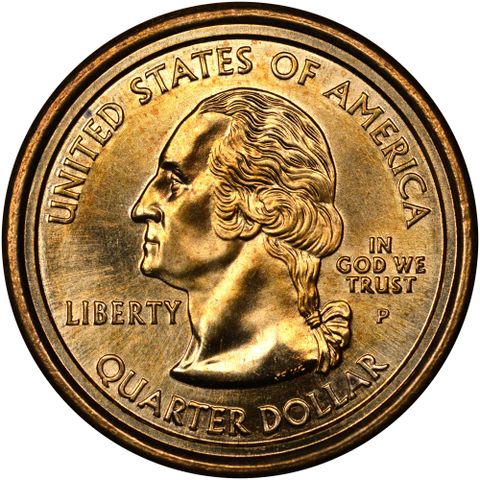
From black sand beaches to hairless cats, many of the world’s most talked-about, sought-after things are prized because of their differences. In the world of numismatics, the most prominent example of this is the error coin. These minting mistakes ended up producing treasures in the eyes of coin collectors. To learn more about these coins and the rarest errors out there, take a look at the guide below.
What Are Error Coins?
Error coins are divided into two main groups, mint errors and die varieties. Mint errors occur when coins are improperly made at their minting facilities. Die varieties occur when the dies—the stamps used to create the letters and illustrations in the metal—are improperly made or damaged during production.
As a result, die varieties result in hundreds or thousands of error coins, while mint errors result in one-of-a-kind errors. This makes mint error coins much rarer and expensive than die variety coins.
What Is the Difference Between Major & Minor Errors?
 While you might be ecstatic to find an error coin in your change jar or wallet, some of these flaws are surprisingly common. For example, one of the most common minor errors is an off-center coin, in which the die failed to hit the blank metal disc (planchet) at the dead center. As a result, the design seems to fall off one side of the face, and the other side of the face is blank.
While you might be ecstatic to find an error coin in your change jar or wallet, some of these flaws are surprisingly common. For example, one of the most common minor errors is an off-center coin, in which the die failed to hit the blank metal disc (planchet) at the dead center. As a result, the design seems to fall off one side of the face, and the other side of the face is blank.
Completely blank planchets—in which the disc was not stamped at all—are also incredibly common. Other inexpensive error coins include those with missing letters due to dirty dies, and cuds—when part of the die breaks off.
Major errors are much less common, resulting in coins that go for thousands instead of just a few dollars. For example, the 2000 Washington Quarter/Sacagawea Dollar Mule is a gold dollar coin featuring the Sacagawea on the reverse and a Washington quarter design on the obverse. You can immediately recognize this design from the silver 50 State quarter—one that has no place on a gold dollar coin. This major error coin was sold at a convention for nearly $30,000.
Yet another example is the Don Lutes, Jr. Philadelphia 1943 Bronze Cent. This penny was supposed to be struck on zinc-coated steel, as copper was in demand for World War II military equipment. Even though copper should have no longer been used in the mint, this penny was made with the bronze mixture of 95% copper and 5% zinc.
If you are interested in becoming a coin collector or learning more about error coins, reach out to Coins Plus of Cincinnati, OH. They are known throughout the area for their integrity and trusted appraisals, and they have been a part of the numismatics community since 1972. For more information on this regular Redbook and Bluebook contributor, visit the website. You can also call (513) 621-1996 to speak with an expert coin collector today.
About the Business
Have a question? Ask the experts!
Send your question

